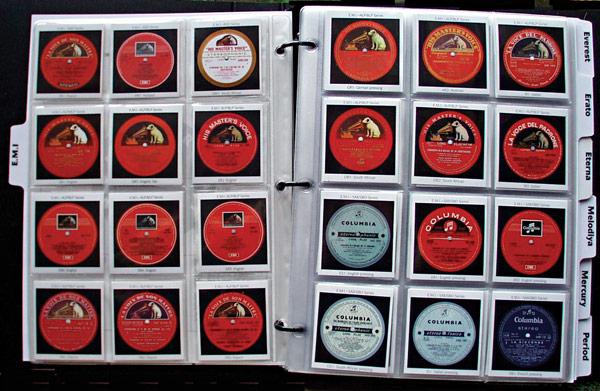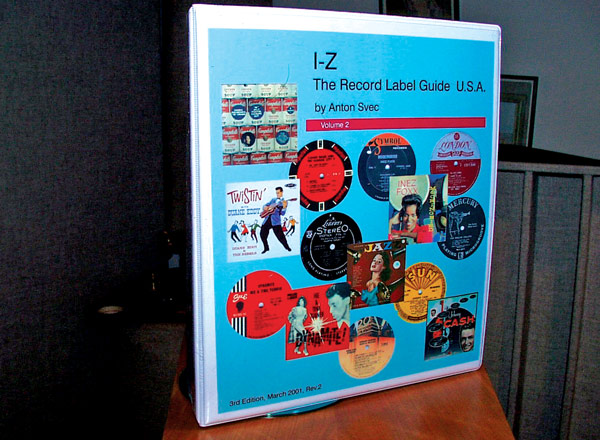...of Who Came First was breathtaking when I first bought it in 1972. The acoustic guitars and the vocals were so clear and lifelike, with a nice sense of space. Quite amazing that it was recorded in Pete's home studio!
As for the "Dual" turntables...ouch!



























































